Working models:
| S.NO | NAME OF THE WORKING MODULE | STUDENTS | YEAR | GUIDE |
| 1 | ENERGY HARVESTING FROM PIEZOELECTRIC FLOORS | 1.V.SAI KUMAR
2.G.PAVAN KUMAR 3. K. NARASIMHA REDDY 4.E. MADHU VENKAT, 5. M.NIVED KUMAR
|
III | G.ISMAYEL |
Energy Harvesting from Piezoelectric Floors
This model explores the concept of energy harvesting through piezoelectric materials integrated into flooring. The mechanical stress caused by foot traffic is converted into electrical energy by the piezoelectric elements. This sustainable energy source could potentially power low-energy devices or contribute to building energy systems.

Fig1: working model
Advanced Military Spying and Bomb Disposal Robot:
In regions where there is a high risk of human entry, this project is particularly beneficial. This device makes use of a robotic arm and vehicle that enable it to pick up whatever object it desires in addition to entering a high-risk location. The system also has a night vision camera, which enables viewing of footage not only during the day but also at night. RF remotes are used to control the entire system.
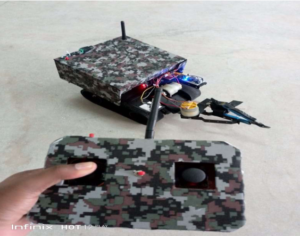
Fig: 5.7.3.1 Advanced Military Spying and Bomb Disposal Robot
Smart Bag for Women Security:
a smart bag that gives women security. The GSM module, voice sensor, emergency switch, Arduino board, and several actuators are all parts of the smart backpack. Either pressing the emergency switch or detecting the woman’s voice using a voice sensor causes the system to turn on. A siren emits a high-pitched alert sound when an alarming situation is detected, and a pepper spray begins to spray. Additionally, the front of the bag produces extremely high voltage, harming the attacker. Automatic messages describing the location and the situation are sent to registered numbers in the interim.
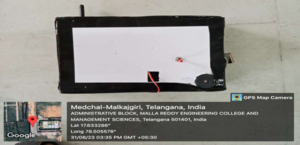
Fig: 5.7.3.1 Smart Bag for Women Security:
Electric Pole Climbing Robot With R.F Remote Control For A Electric Lineman Assist Applications:
Robots that can climb are helpful when a task calls for the use of long-reaching tools or is dangerous for humans to perform. To carry out certain duties, these robots can be outfitted with robotic manipulators, video cameras, microphones, and other sensors. A novel form of pole-climbing is being developed in this study. The configuration and properties of a proposed robot mechanism are introduced. The hold, put, main move, process of mounting the pole, fixing to the pole, and crossing barriers actions of the robot mechanism are all examined.
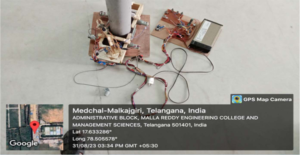
Fig: 5.7.3.1 Electric Pole Climbing Robot with R.F Remote Control for a Electric Lineman Assist Applications:
IOT Based Power Theft Indication System:
Every year, there is an increase in electricity theft in both the home and industrial sectors, which has an impact on the nation’s economy. There are numerous wireless communication methods that can be used to detect power theft, but they are not yet supported by the necessary infrastructure. The purpose of the project is to develop a system to track the amount of power used by loads as well as to find and stop power theft in transmission lines and energy meters. Additionally, this initiative focuses on informing the Electricity Board (EB) of the theft via IoT. A sensor-connected network of devices has the capacity to transmit real-time data across the internet. The ESP8266-12E node mcu is used in this project to detect power theft and transmit data to the Blynk application server.
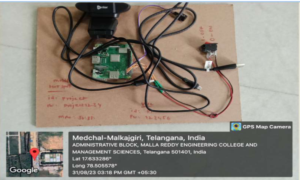
Fig: 5.7.3.1 IOT Based Power Theft Indication System
Automatic Fire Extinguisher with Mercury Tube:
Fire disasters frequently endanger both people and property. An automated fire suppression system offers real-time monitoring, investigation, and pre-programmed fire alarms. The design of a reliable, secure, and affordable building fire protection system is discussed in this study. It assists in minimizing fire damage by sending an early warning when a fire starts. The controller (a thyristor and relay) is connected to the outputs of a fire detector and a sprinkler mechanism that make up this system. The likelihood of false alerts can be decreased because the system considers temperature. To control the entire setup and the test results using a prototype, a Thyristor and relay are taken into consideration.

Fig: 5.7.3.1 Automatic Fire Extinguisher with Mercury Tube
Fully Automated Solar Grass Cutter With Remote Control And Manually Operated:
The fully automated solar grass cutter is a fully automated grass cutting robotic vehicle powered by solar energy that also avoids obstacles and is capable of fully automated grass cutting without the need of any human interaction. The system uses 6V batteries to power the vehicle movement motors as well as the grass cutter motor. We also use a solar panel to charge the battery so that there is no need of charging it externally. The grass cutter and vehicle motors are interfaced to an 8051 family microcontroller that controls the working of all the motors. It is also interfaced to an ultrasonic sensor for object detection. The microcontroller moves the vehicle motors in forward direction in case no obstacle is detected. On obstacle detection the ultrasonic sensor monitors it and the microcontroller thus stops the grass cuter motor to avoid any damage to the object/human/animal whatever it is. Microcontroller then turns the robotic as long as it gets clear of the object and then moves the grass cutter in forward direction again.
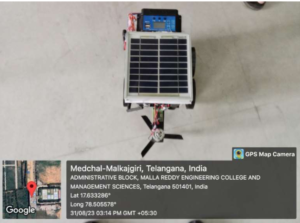
Fig: 5.7.3.1 Fully Automated Solar Grass Cutter with Remote Control and Manually Operated
A Wireless Power Transfer Topology for EV Battery Charger:
This project focuses on developing a wireless power transfer system for electric vehicles (EVs) to eliminate the need for physical charging cables. The system utilizes resonant inductive coupling to efficiently transfer power from charging pads embedded in parking spots to the EVs, enabling seamless and convenient charging.
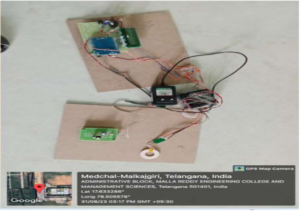
Fig: 5.7.3.1 Wireless Power Transfer Topology for EV Battery Charger
Attendance System Using Face Reorganization Using RasberryPi:
This project presents a face recognition based smart attendance system that utilizes a Raspberry Pi to accurately and efficiently identify and record students attendance. By capturing and analyzing images from a monitor camera, the system employs face detection and recognition techniques to mark students as present. This approach eliminates the need for manual name calling and reduces the risk of proxy attendance. Leveraging deep learning techniques, the system achieves reliable and automated attendance management.
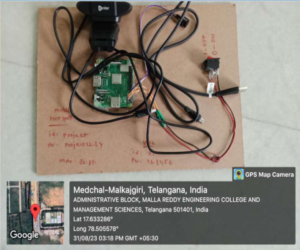
Fig: 5.7.3.1Attendance System Using Face Reorganization Using RasberryPi
